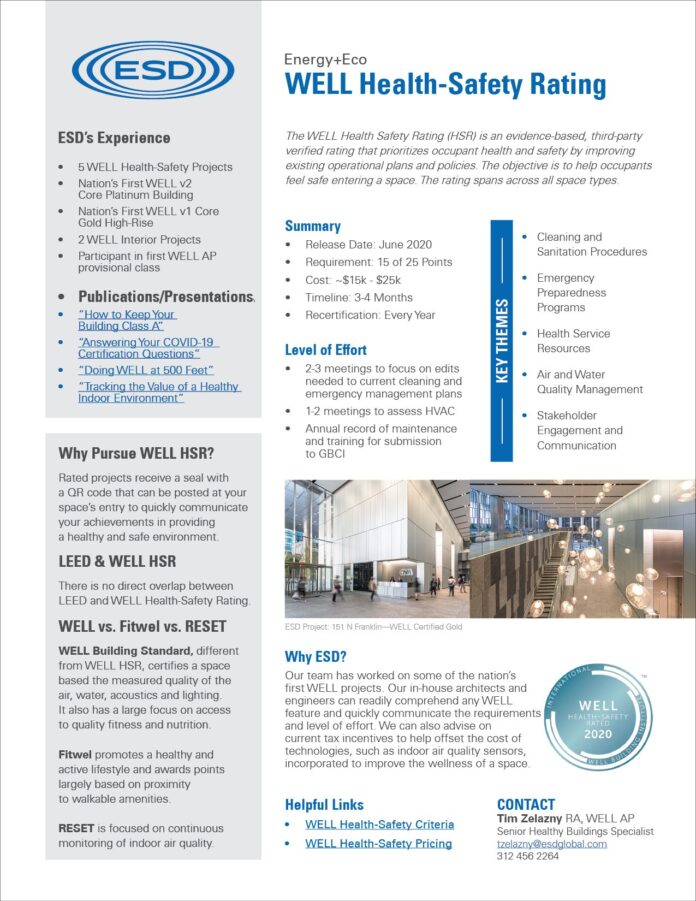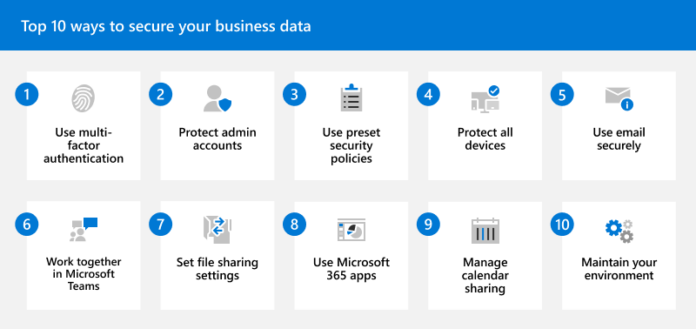Environmental Impact Analysis (EIA) is a crucial process for assessing the potential effects of projects on the environment. Whether for domestic or international ventures, conducting a thorough EIA ensures that significant environmental factors are identified and addressed. This step-by-step guide will walk you through the essentials of an effective EIA, from understanding its core principles to evaluating impacts and developing mitigation strategies. We will explore how to identify key environmental factors, employ data collection and assessment methods, and report findings comprehensively. By following these steps, you can contribute to more sustainable and environmentally responsible decision-making.
Join xotools.xyz as we uncover the details of this topic.
1. Understanding Environmental Impact Analysis
Environmental Impact Analysis (EIA) is a critical tool for promoting sustainable development. It’s a comprehensive process that examines the potential environmental consequences of proposed projects before they begin. The core objective of EIA is to ensure that decision-makers consider environmental factors alongside economic and social considerations. This involves analyzing potential impacts on air, water, soil, and biodiversity, and identifying any significant adverse effects. By integrating EIA into project planning, organizations can prevent or minimize environmental damage and promote responsible development practices. The EIA process typically involves several stages, including scoping the project, assessing potential impacts, and reviewing findings. This culminates in a comprehensive Environmental Impact Statement (EIS) that details potential impacts and proposes mitigation measures. Understanding EIA is essential for effectively incorporating environmental considerations into decision-making, ensuring that projects are environmentally sound and sustainable.
2. Identifying Key Environmental Factors
## Environmental Impact Analysis: Identifying Key Factors for Effective Mitigation
A comprehensive Environmental Impact Analysis (EIA) hinges on accurately identifying key environmental factors that may be impacted by a project or activity. This involves pinpointing specific aspects of the environment, such as air quality, water resources, soil health, noise levels, and biodiversity, that could be affected.
To begin this process, thoroughly assess the project’s scope and potential interactions with the environment. This includes evaluating how the project might influence local ecosystems, wildlife habitats, and natural resources. For instance, a construction project could impact air quality through emissions, water resources through runoff, and soil health through land disturbance.
Furthermore, consider the broader socio-environmental context. Evaluate how changes might affect local communities, public health, and cultural heritage. Engaging with stakeholders and local experts provides valuable insight into the most significant environmental factors within a particular area.
By meticulously identifying key environmental factors, you gain a comprehensive understanding of the potential impacts of the project and can develop appropriate strategies to address and mitigate these effects. This ensures the EIA process is thorough and responsive to the specific environmental challenges associated with the project.
3. Data Collection and Assessment Methods
Environmental Impact Analysis (EIA) hinges on thorough data collection and assessment. To accurately gauge potential environmental impacts, a comprehensive understanding of key environmental factors is crucial. This involves gathering both quantitative and qualitative data.
Quantitative data, obtained through measurements and monitoring, provides objective information about existing environmental conditions. Examples include air and water quality tests, noise level recordings, and soil analysis. This data helps predict potential changes caused by the project.
Qualitative data, encompassing observations, expert opinions, and stakeholder input, offers a broader perspective. Interviews with local residents, consultations with environmental experts, and field surveys provide insights into the project’s wider implications for ecosystems and communities.
Assessment methods involve analyzing the gathered data to predict potential impacts. This can include modeling environmental changes, examining historical data, and comparing findings to baseline conditions. Effective data collection and assessment ensure a thorough understanding of potential impacts, enabling informed decision-making and appropriate mitigation strategies.
4. Impact Evaluation and Reporting
Environmental Impact Analysis (EIA) culminates in impact evaluation and reporting, critical steps that translate collected data into meaningful insights. Following data assessment, the EIA process focuses on evaluating the project’s potential environmental consequences. This involves examining how the project could influence key environmental factors identified earlier, such as air quality, water resources, and biodiversity.
Impact evaluation typically entails comparing projected impacts against established thresholds and guidelines to determine their significance. This may involve utilizing environmental models to forecast changes and assess the severity of potential adverse effects.
The findings are then consolidated into a comprehensive Environmental Impact Statement (EIS). The EIS should clearly outline anticipated impacts, their significance, and proposed mitigation measures. It should also include an assessment of alternative options and their potential environmental effects. Transparent and effective reporting ensures decision-makers have access to the necessary information to make informed choices regarding the project’s approval.
5. Mitigation Strategies and Follow-Up
Environmental Impact Analysis (EIA) isn’t just about identifying potential environmental impacts; it’s about proactively managing them. Once the analysis is complete, the focus shifts to developing and implementing mitigation strategies to avoid, minimize, or offset the identified risks. This might involve changes to project design, incorporating pollution control technology, or adopting conservation practices to safeguard natural resources and wildlife.
Crucially, effective mitigation requires ongoing monitoring. Tracking the performance of mitigation measures ensures they achieve the intended outcomes. Regular follow-up is vital for verifying compliance with environmental regulations and adapting strategies based on real-world data. This iterative process helps address unforeseen impacts and ensures the project remains environmentally sustainable throughout its lifespan. By embracing robust mitigation strategies and consistent follow-up, projects can minimize their environmental footprint and contribute to a healthy environment for the long term.
In conclusion, conducting an effective Environmental Impact Analysis (EIA) is essential for understanding and mitigating the environmental effects of projects. By thoroughly identifying key environmental factors, collecting and assessing data, evaluating impacts, and implementing mitigation strategies, organizations can make informed decisions that promote sustainability. Ongoing follow-up ensures that environmental protection measures are effective and adaptable. A well-executed EIA helps balance development goals with environmental stewardship, leading to more responsible and sustainable project outcomes.
xotools.xyz









